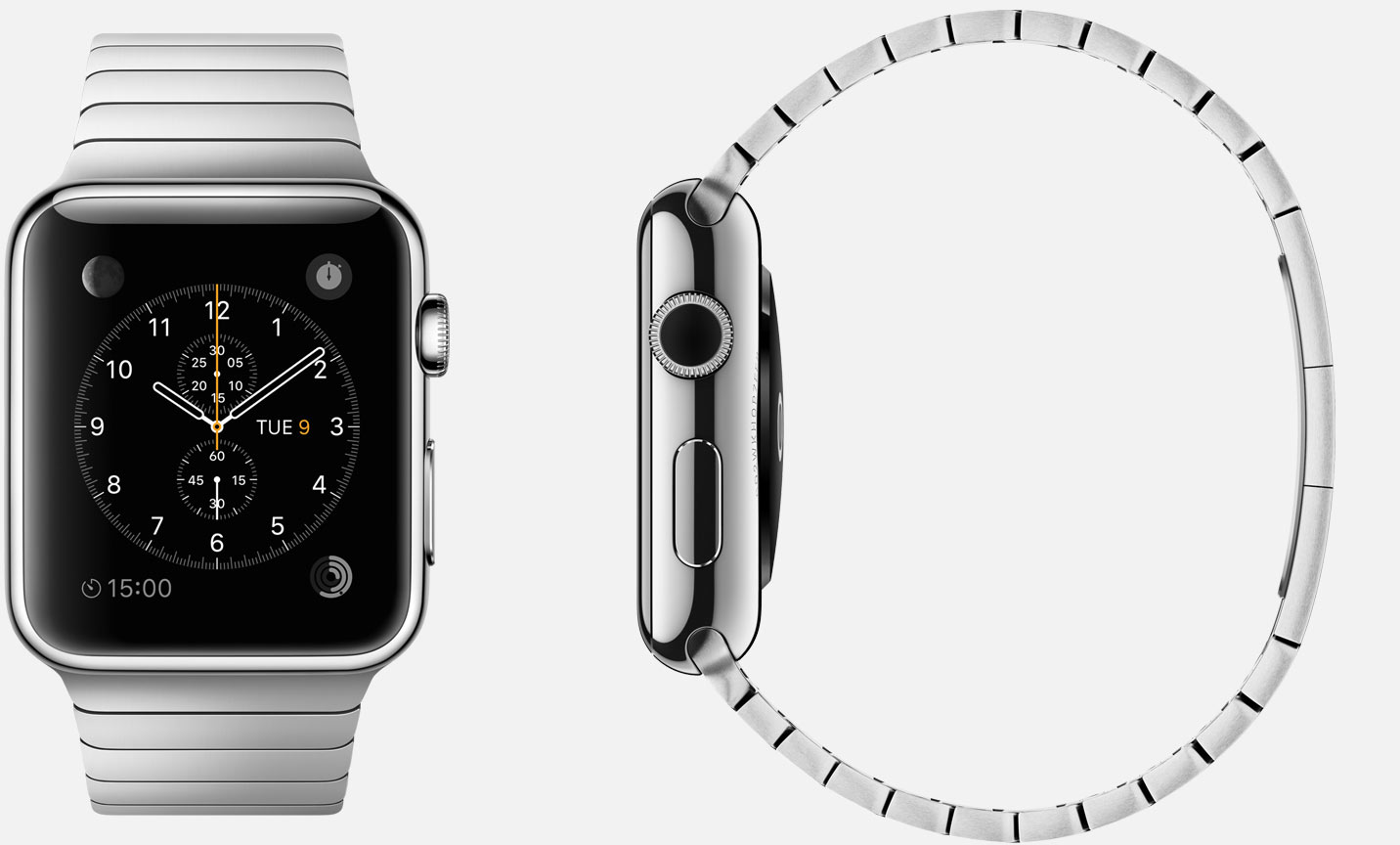I am incredibly thankful that 1Password family accounts can be recovered. I am equally thankful that I had configure my wife’s account correctly so that it could be used to recover my account.
This all started last week, when I changed my 1Password.com password, mistakenly thinking that it was separate from my 1Password master password. I didn’t think too much about it, because I still had access to 1Password on my laptop (unlocking with Apple Watch and TouchID). I noticed that my phone and iPad weren’t syncing, but I chalked that up to the 1Password.com password change.
Earlier today, I tried to update the password on my iPhone, but I was unable to unlock 1Password on my laptop. My master password wouldn’t work. What had happened quickly dawned on me. Of course I had my new Emergency Recovery Kit, but I had not written down my new password (which was a random string, generated by 1Password – ugh). I started to panic, especially when I looked at my wife’s laptop, and found that she was logged into my 1Password account.
After about ten minutes of pure panic, I was able to login to 1Password.com with her account, and I was able to initiate the recovery process for my account.
I’m probably the only person dumb enough to make this mistake, but just in case – here’s a word of caution – Remember that your 1Password.com and 1Password master password are one and the same. Don’t use 1Password to generate a random password for your 1password.com account, as this will eventually lock you out of 1password completely.
